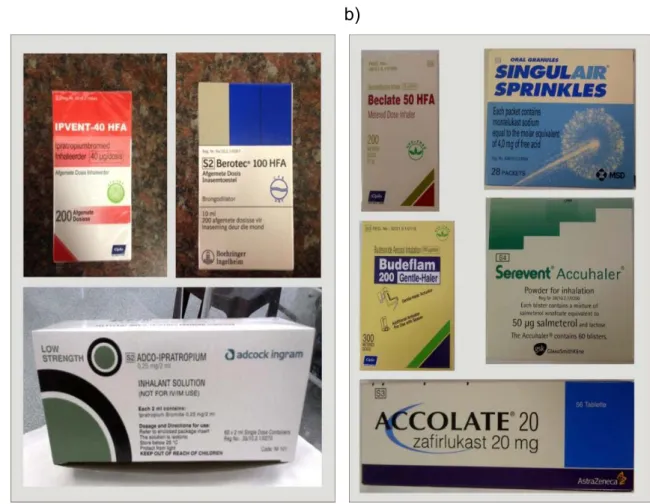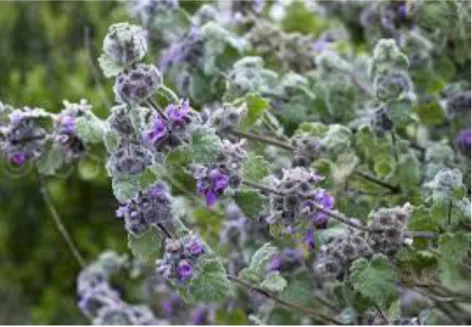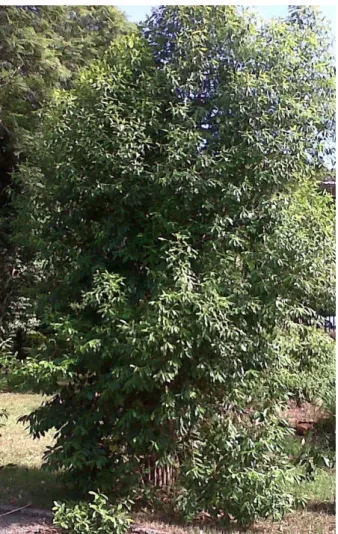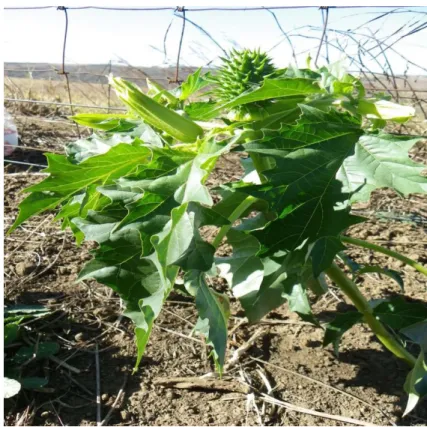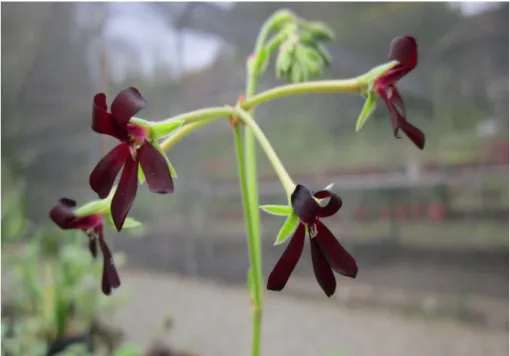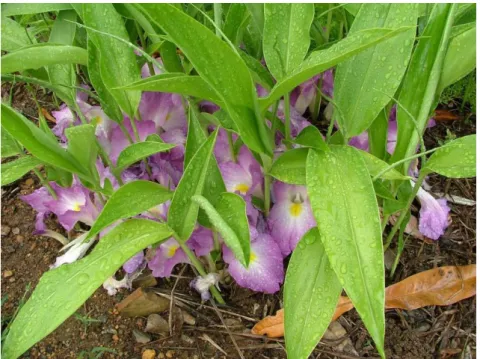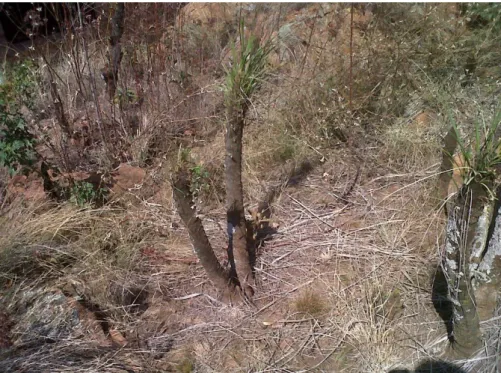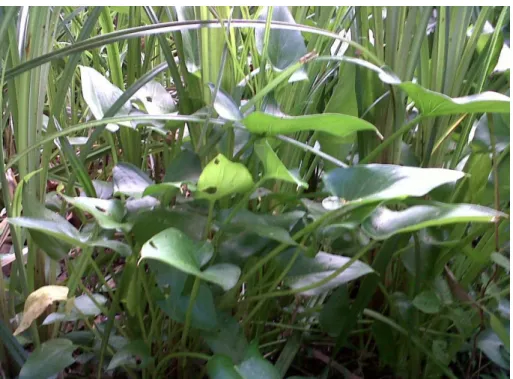On the days when I felt frustrated because of some experiments in the lab, your voice was soothing and motivated me to do my best. Dr. Christina Potgieter and Sis Swazi Prudence Magwaza thanks for help in the herbarium. In the antibacterial microdilution assay, the crude extracts of the examined medicinal plants showed activity at minimum inhibitory concentrations (MICs) ranging from 0.098 to >12.5 mg/ml.
Most of the tested extracts were non-mutagenic in the Ames test, except the roots of Siphonochilus aethiopicus which showed a dose-dependent increase. The immunological activity can be attributed to various phytochemical constituents in the crude extracts.
List of Tables
List of Abbreviations
Literature review
- Introduction
- What is Asthma?
- Worldwide prevalence of asthma
- The impact of asthma in South Africa
- The pharmacotherapy of asthma
- Problem Identification
- Traditional medicine in South Africa
- Medicinal plants
- The significance of medicinal plants
- Drug discovery from medicinal plants
- Conservation of medicinal plants
- The value of the Indigenous Knowledge System for the bioeconomy /Economic development from the local production of
- Research rationale and motivation
- Aims and objectives
- Biological description and geographical distribution of the candidate plants
- Adansonia digitata
- Ballota africana
- Catha edulis
- Datura stramonium
- Pelargonium sidoides
- Siphonochilus aethiopicus
- Xerophyta retinervis
- Zantedeschia aethiopica
There are two types of asthma, namely allergic asthma and occupational asthma (VERSTRAELEN et al., 2008). Asthma has been reported as a significant cause of both morbidity and mortality (BOUSQUET et al., 2005; BRAMAN, 2006). In general, the widespread use of antibiotics is not recommended to treat asthma (CAMARGO et al., 2009).
Human life has depended on plants for food, clothing and shelter for years (SALIM et al., 2008). Concentrated ginkgo leaf extract has been reported to be an effective agent against airway inflammation (LI et al., 1997).
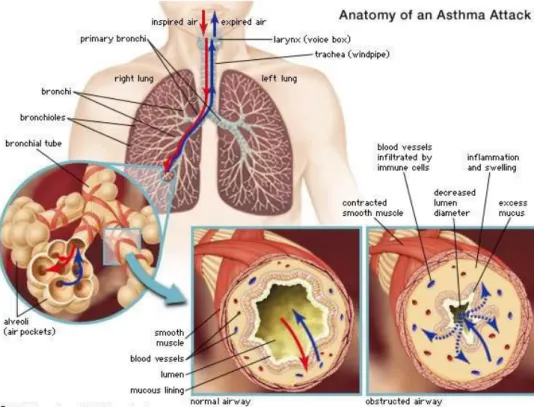
Antimicrobial activity
- Introduction
- Bacteria and fungus in asthma and chest infections
- Streptococcus pyogenes
- Staphylococcus aureus
- Klebsiella pneumoniae
- Haemophilus parainfluenzae
- Candida albicans
- Treatment of microbial infections associated with asthma
- Materials and methods
- Selection and collection of candidate plants
- Extract preparation
- Source of Bacterial strains
- Preparations of media and organisms
- Preparation of plant extracts for the microdilution assay
- Experimental procedure
- Results and discussion
- Conclusions
Asthma is often associated with an increased risk of infection with Streptococcus pyogenes (JUHN et al., 2012). Staphylococcus aureus enterotoxin IgE antibodies have been found to be among the risk factors for asthma severity (BACHERT et al., 2012). Klebsiella pneumoniae is a Gram-negative, non-motile, encapsulated, facultatively anaerobic, rod-shaped bacterium (GUO et al., 2012).
Haemophilus parainfluenzae is a Gram-negative bacterium that is part of the commensals in the upper respiratory tract (TAYLOR et al., 1992). In addition, Haemophilus parainfluenzae is positive for catalase, ortho-nitrophenyl-β-galactoside, ornithine decarboxylase and urease (JUNI et al., 1982). Choosing the optimal empiric antibiotic requires up-to-date knowledge of the antimicrobial susceptibility of the suspected pathogen (GRACIA et al., 2009).
According to IKEBA et al. 2005), the combination of penicillin and clindamycin has been successfully used to treat severe invasive Streptococcus pyogenes. Antifungal resistance has serious consequences such as morbidity and mortality (ARIF et al., 2011). Extraction has been identified as a crucial first step in the analysis of medicinal plants (GUPTA et al., 2012; SASIDHARAN et al., 2011).
This is simply because most phytochemicals are more soluble in organic solvents than in water (MADANE et al., 2013). According to Fabry et al. 1998), MIC values below 8 mg/ml for crude extracts are considered to have good activity. However, antibacterial MIC values equal to or less than 1 mg/ml have been reported to have the greatest activity (NDHLALA et al., 2009).
This complements a study by LEWU et al. 2006) on the use of the leaves of Pelargonium sidoides in medicinal formulations as a means of achieving sustainable harvesting. Antibacterial activity of crude extracts of Siphonochilus aethiopicus was previously evaluated against Staphylococcus aureus and Klebsiella pneumoniae (STAFFORD et al., 2005).
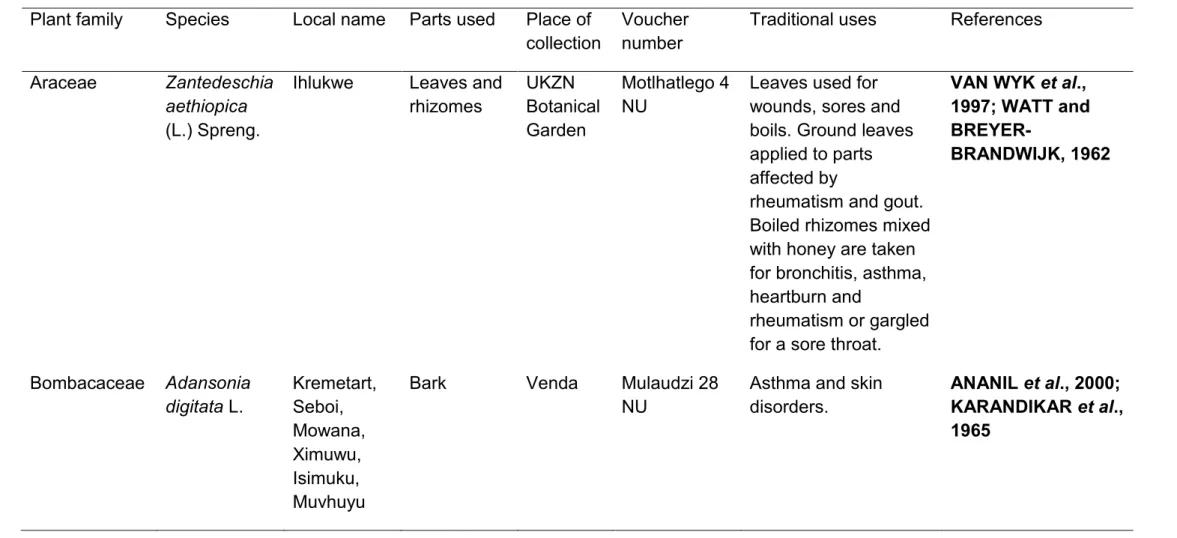
Mutagenic activity
- Introduction
- Genotoxicity testing methods
- Materials and methods
- Preparation of plant extracts
- Mutagenic evaluation of selected plant extracts using the Ames assay
- Results and discussion
- Conclusions
The potential mutagenic hazards arising from the long-term use of medicinal plants are of concern (ELGORASHI et al., 2003), so safety for the continued use of medicinal plants is important in the field of traditional medicine (VERSCHAEVE et al., 2004). . These tests allow the identification of risks related to deoxyribonucleic acid (DNA) damage and its manifestation in the form of gene mutations, major chromosomal damage and recombination (JENA et al., 2002). According to YAHAGI et al. 1974) mutagenicity tests are considered effective and rapid methods for detecting the carcinogenicity of various types of chemical substances.
This is simply because bacteria are an integral part of the ecosystem and bacterial testing is relatively quick and simple (KAUR et al., 2012). TA98 and TA102 detect frameshift mutations and base pair mutations, respectively (KAUR et al., 2012). It has been revealed that testing with TA98 without metabolic activation is sufficient to identify almost 90% of mutagens in a population (ZEIGER et al., 1985).
Chromosome numerical changes have been associated with tumorigenesis and therefore crude extracts of medicinal plants that are positive in genotoxic tests have the potential to be carcinogenic or mutagenic in humans (JENA et al., 2002). In a study conducted by STEENKAMP et al. 2005) methanol extract of Siphonochilus aethiopicus produced the greatest amount of DNA damage. The genotoxic properties of Siphonochilus aethiopicus were confirmed by TAYLOR et al. 2003) and this raises a concern for the use of this plant.
According to REID et al. 2006), the absence of a mutagenic response of medicinal plant extracts against Salmonella typhimurium bacterial strains in the Ames assay is a positive step forward in determining the safe use of these plants. 2004) have documented the toxicity of Datura stramonium and reported deaths and poisonings associated with the poisonous nature of this plant over a number of years. It is confirmation that the substance is not mutagenic for the specific bacterial strain used and for the genetic endpoint tested (REID et al., 2006). Induction of cytotoxicity by Datura stramonium has been reported (AHMAD et al., 2009; MERZA et al., 2010).
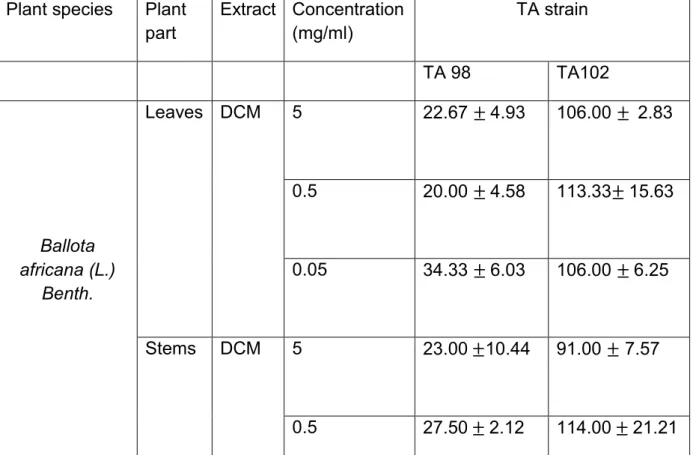
Screening for Immunological activity
- Introduction
- The role of histamine in asthma
- Functional properties of histamine during an allergic encounter
- Histamine receptors and antagonists involved in the process of inflammation
- Immunological testing methods
- Materials and methods
- Anti-Histamine Assay
- Results and Discussion
- Conclusions
Histamine was first identified as a potent vasoactive amine and is currently recognized for its regulatory activities in the respiratory system (COUILLIN et al., 2004). Histamine plays a role in allergic reactions and does so by binding to histamine receptors (HORTON et al., 2001; SASAKI et al., 2000). Within these metabolic pathways, HNMT is the primary pathway for histamine biotransformation in the bronchial epithelium (OKINANGA et al., 1995).
During an allergic reaction, histamine is often mediated by three types of receptors, namely H1, H2 and H3 receptors (SASAKI et al., 2000). Radioimmunoassay (RIA) and Enzyme-linked Immunosorbent assay (ELISA) are direct binding assays for antibodies (or antigens) (JANEWAY et al., 2001). Datura stramonium has been reported to produce steroid and tropane alkaloids, tannins, saponins, flavonoids, coumarins and anthocyanins (BANSO and ADEYEMO, 2006; DE LUCA and ST PIERRE, 2000; FACCHINI, 2001; SONI et al., STONE, 2012). , 2000).
The bronchospasmolytic effect of terpenoids and the pharmacological role of these compounds in the management of asthma and related allergic conditions has been proven (EZIKE et al., 2008). Triterpenes and phenylpropanoids have been identified as some of the main active compounds that play an important role in the healing of various diseases and inflammatory conditions (NISAR et al., 2012). Scindapsus officinalis is used in asthma (VELRAJ et al., 2013) and has been reported to have antihistaminic activity (SHRIVASTAVA et al., 2012).
Zantedeschia aethiopica has been used to treat asthma and related conditions (VAN WYK et al., 1997). A study by VASCONCELOS et al. 2009) studied a coumarin compound in a mouse model of bronchial asthma and deduced that the mechanisms of its action may contribute to the development of new drugs for the treatment of asthma. Saponins have been shown to be anti-allergic and their anti-asthma effect has been described (AKAGI et al., 1997).
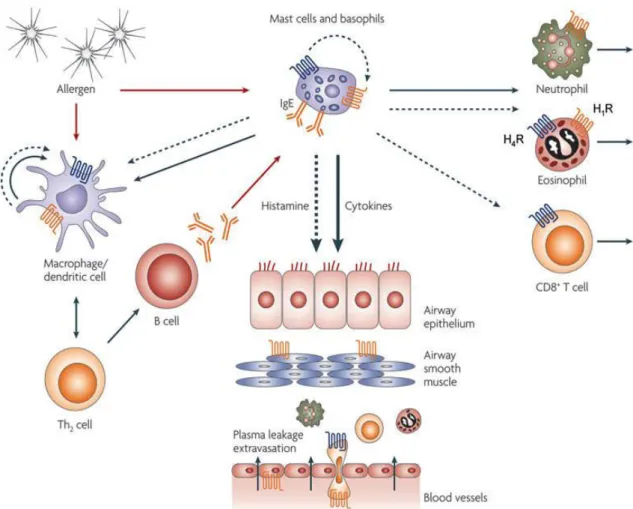
General Conclusions
However, only 75% of the screened plants showed good antibacterial activity against all key bacteria; Staphylococcus aureus (ATCC 12600), Klebsiella pneumonia (ATCC13883), Streptococcus pyogenes (ATCC 12202) and Haemophilus parainfluenzae (ATCC 7901) as well as the fungus Candida albicans (ATCC 10231CC 10231CC). The results are noteworthy and indicate that all the medicinal plants screened for antibacterial activity in this study may be of considerable importance in the development of new drugs. It is important to determine the possible toxicity and mutagenic properties of the medicinal plants.
The purpose of the test was to evaluate the genotoxicity of plant extracts that have shown antibacterial activity equal to or less than 0.5 mg/ml. The results revealed that most extracts of the selected medicinal plants were non-mutagenic in the absence of metabolic activation except for the Siphonochilus aethiopicus roots which showed a dose-dependent increase. It is important to test in the presence of S9-metabolizing enzymes and other genotoxicity assays using screening methods both in vivo and in vitro to complement the mutagenic results of the current study.
Patients with asthma and related conditions experience overactive immune responses that can cause coughing, wheezing, shortness of breath, and chest tightness. This was carried out using a histamine ELISA kit with the aim of testing the binding potential of the selected plant extracts to the receptors. Medicinal plants are seen as a "reservoir of important biologically active compounds" and traditional medicines are the mainstay of drug discovery (MOSHI, 2005; OKEM et al., 2012), and therefore the immunological activity can be attributed to the components of different phytochemicals in the crude extracts.
In vitro screening is important for the validation of traditional uses of medicinal plants and provides starting points in the search for new active ingredients. The remarkable antimicrobial and immunological activities from in vitro tests may not directly confirm that the tested plant extracts are effective drugs, but they do provide a basic insight into the efficacy of these medicinal plants in traditional medicine and their potential use as a source of asthmatic therapy. Anti-inflammatory assays such as cyclooxygenase (COX) and in vivo investigation of the active plant extracts would be highly recommended for future studies.
Management of asthma exacerbations in the emergency department - national asthma education and prevention program expert panel summary 3 guidelines for managing asthma exacerbations. Committee on rheumatic fever, endocarditis, and kawasaki disease of the council on cardiovascular disease in the young, American Heart Association. Fascinating metabolic pools of Pelargonium sidoides and Pelargonium reniforme, traditional and phytomedicinal sources of herbal medicine Umckaloabo®.
Effect of the total crude extracts of Hibiscus sabdariffa on the immune system of Wistar albino rats. Lack of association between atopic asthma and polymorphisms of the histamine H1 receptor, histamine H2 receptor and histamine N-methyltransferase genes. Experimental annotation of the human pathogen Candida albicans coding and non-coding transcribed regions using high-resolution tiling arrays.
Comparison of the effect of loratadine on airway and skin responses to histamine, methacholine and allergen in subjects with asthma.
